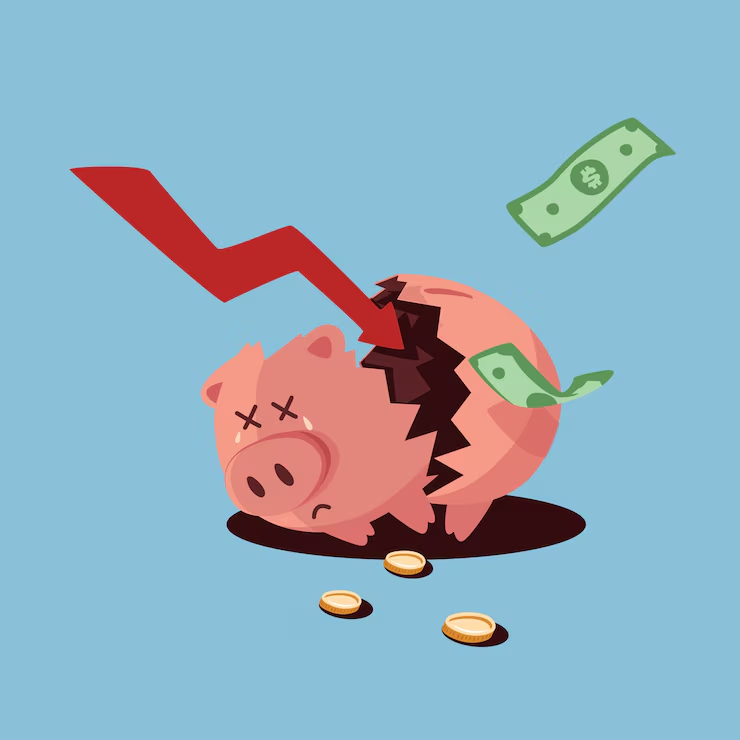Bangladesh’s banking sector continues to be in poor health as new figures reveal a significant jump in classified loans, painting a challenging picture for the sector and the economy.
As of March 31, the gross rate of these “bad loans” has surged to 24.13%, a notable increase that could impact everything from credit availability to economic stability, according to a report issued by Bangladesh Bank on Sunday.
This recent report indicates that across 61 scheduled banks, the total amount of classified loans hit a staggering Tk4,20,334.94 crore in Q1’25. This is a considerable jump from the Tk3,45,764.86 crore just three months prior, in December 2024.
In simpler terms, the percentage of loans at risk has gone up by 3.93% in just one quarter. Looking back a year, the situation appears even more concerning, with the classified loan rate ballooning by 13.02 percentage points since March 2024, when it stood at 11.11%.
The problem is not just with the gross figures. When we look at “net classified loans” – after accounting for provisions and suspended interest – the rate also climbed to 15% by March 31, 2025, up from 10.57% in December 2024. This means a larger portion of the risky loans are not fully covered by the banks’ reserves.
Defaulted loans see sharp rise
A major component of these classified loans are “defaulted loans” – money that borrowers have failed to repay. This category alone amounted to Tk3,57,655.24 crore by the end of March 2025, representing 20.53% of all loans. This figure has surged by Tk52,581.86 crore since December 2024, indicating that more borrowers are struggling to meet their obligations.

Growing provision shortfall
Banks are also facing a widening “provision shortfall”, meaning they have not set aside enough money to cover potential losses from these bad loans. This deficit grew to Tk1,70,655.32 crore in March 2025, a significant increase from Tk1,06,130.82 crore in December 2024.
Consequently, the “provision coverage ratio”, which measures how well banks are prepared for loan losses, has dropped sharply to 37.97% from 50.75%. This indicates that banks are becoming less insulated against potential future shocks.
Where are the loans hitting hardest?
The report also breaks down where these problematic loans are concentrated. State-owned commercial banks continue to bear the heaviest burden, with a staggering 45.79% of their loans classified as problematic. This is up from 42.83% just last quarter.
Private commercial banks also saw a notable increase, with their classified loan rate rising to 20.16% from 15.60%.
Even foreign banks and specialised banks experienced slight increases, though their overall percentages remain lower at 4.83% and 14.47% respectively.
Why the spike?
The central bank’s report points to several key reasons behind this worrying trend:
- Changes in rules, specifically BRPD Circular No. 09/2024, which re-determined the maturity periods for term loans, may have played a role.
- The Bangladesh Bank’s inspection department has been classifying large loans of certain customers as “adverse,” contributing to the increase.
- Many “current loans” are not being renewed, pushing them into the classified category.
- Borrowers who had their loans rescheduled are failing to make timely instalment payments.
- Even loans already classified as adverse are still accruing interest, further inflating the total classified amount.
These figures underscore the persistent challenges within Bangladesh’s banking sector, signalling a need for continued vigilance and robust policy measures to stabilise the financial landscape.


